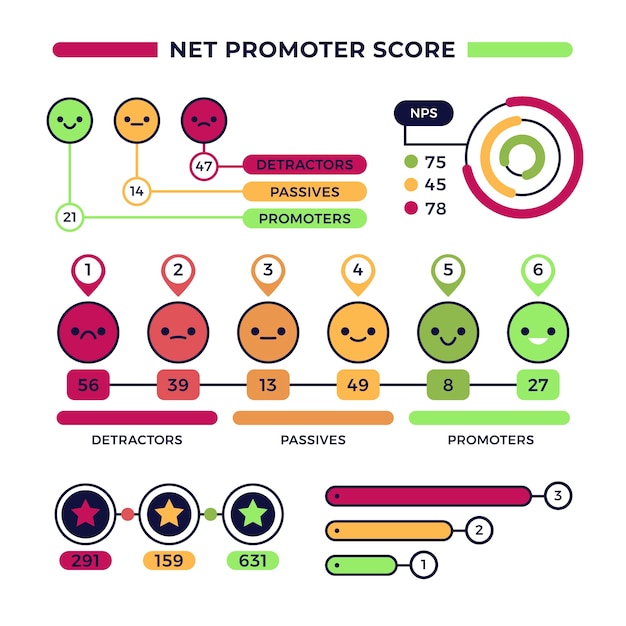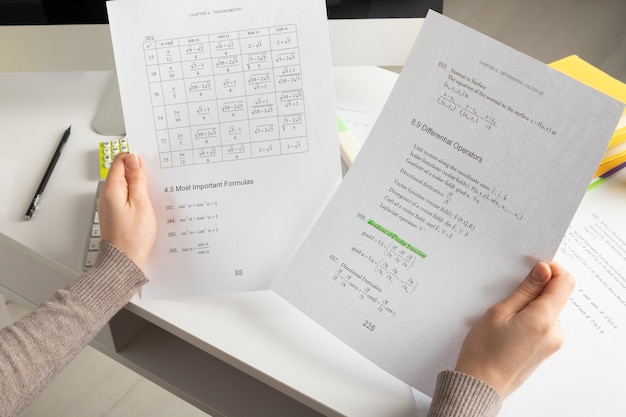
When learning English, it is important to understand the distinction between countable and uncountable nouns. Countable nouns refer to things that can be counted as separate items, while uncountable nouns refer to things that cannot be counted individually. This article will provide a clear explanation of countable and uncountable nouns and provide some examples to help you grasp the concept.
Countable Nouns:
Countable nouns are objects or concepts that can be counted and have a singular and plural form. They can be used with the indefinite articles “a” or “an” and can be made plural by adding an “s” at the end. Here is a table showing some examples of countable nouns:
| Singular | Plural |
|—————–|—————-|
| apple | apples |
| car | cars |
| book | books |
| dog | dogs |
| table | tables |
In the table above, you can see that each countable noun has a distinct plural form when more than one item is being referred to.
Uncountable Nouns:
Uncountable nouns, also known as mass nouns, are substances, materials, or concepts that cannot be counted as separate items. They are considered singular and do not have a plural form. Uncountable nouns cannot be used with the indefinite articles “a” or “an.” Here are some examples of uncountable nouns:
| Singular |
|—————–|
| milk |
| water |
| sugar |
| rice |
| happiness |
As you can see in the table above, uncountable nouns do not change in form when referring to more than one item. To indicate a specific quantity of an uncountable noun, you can use words like “some,” “a lot of,” or “a little.”
Exceptions:
While most nouns can be categorized as countable or uncountable, there are some exceptions. For example, some nouns can be both countable and uncountable, depending on the context. Let’s take the noun “orange” as an example.
1. Countable: I bought three oranges at the grocery store.
2. Uncountable: I love the taste of orange.
In the first sentence, “orange” is countable because it refers to three individual fruits. However, in the second sentence, “orange” is uncountable because it refers to the taste of the fruit, which cannot be counted as separate items.
Understanding the distinction between countable and uncountable nouns is essential for proper grammar usage. By recognizing whether a noun is countable or uncountable, you can correctly use articles, determine singular and plural forms, and construct grammatically accurate sentences.
In conclusion, countable nouns are objects that can be counted and have a singular and plural form, while uncountable nouns are substances or concepts that cannot be counted individually. Knowing the difference between countable and uncountable nouns will greatly enhance your English language skills and help you communicate more effectively.




